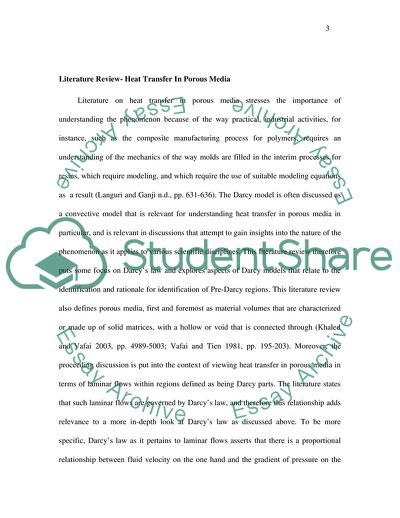Cite this document
(Heat Transfer in Porous Media Literature review Example | Topics and Well Written Essays - 1500 words, n.d.)
Heat Transfer in Porous Media Literature review Example | Topics and Well Written Essays - 1500 words. https://studentshare.org/media/1872633-heat-transfer-across-a-porous-media-laminar-flow-across-a-porous-media
Heat Transfer in Porous Media Literature review Example | Topics and Well Written Essays - 1500 words. https://studentshare.org/media/1872633-heat-transfer-across-a-porous-media-laminar-flow-across-a-porous-media
(Heat Transfer in Porous Media Literature Review Example | Topics and Well Written Essays - 1500 Words)
Heat Transfer in Porous Media Literature Review Example | Topics and Well Written Essays - 1500 Words. https://studentshare.org/media/1872633-heat-transfer-across-a-porous-media-laminar-flow-across-a-porous-media.
Heat Transfer in Porous Media Literature Review Example | Topics and Well Written Essays - 1500 Words. https://studentshare.org/media/1872633-heat-transfer-across-a-porous-media-laminar-flow-across-a-porous-media.
“Heat Transfer in Porous Media Literature Review Example | Topics and Well Written Essays - 1500 Words”. https://studentshare.org/media/1872633-heat-transfer-across-a-porous-media-laminar-flow-across-a-porous-media.


